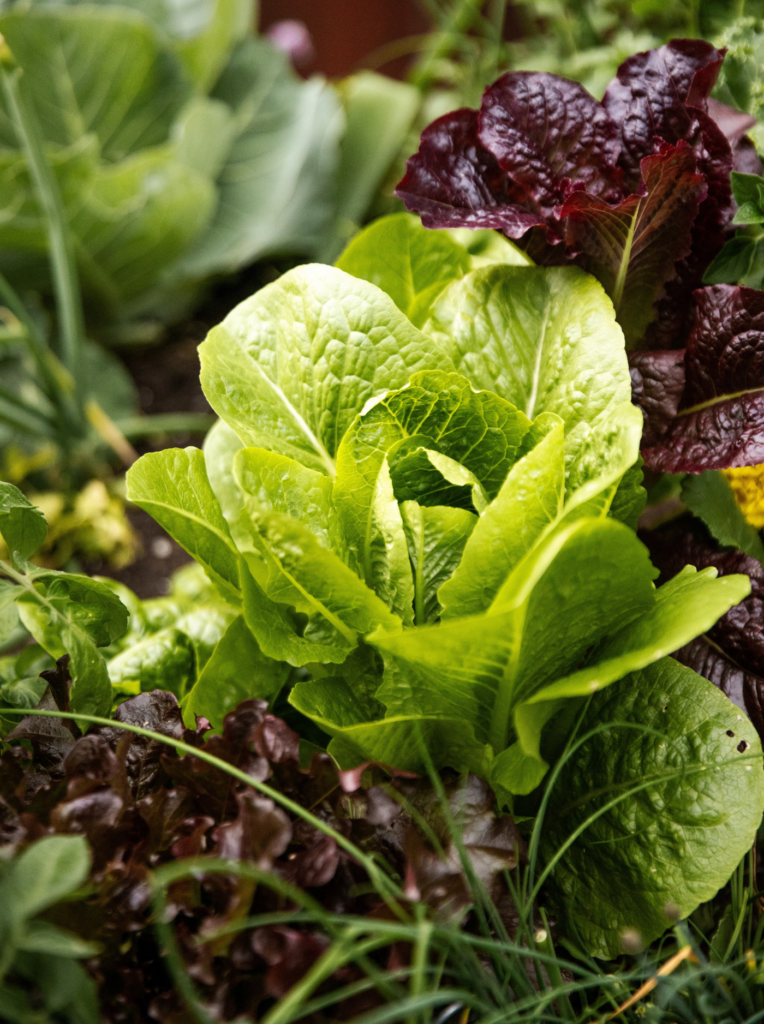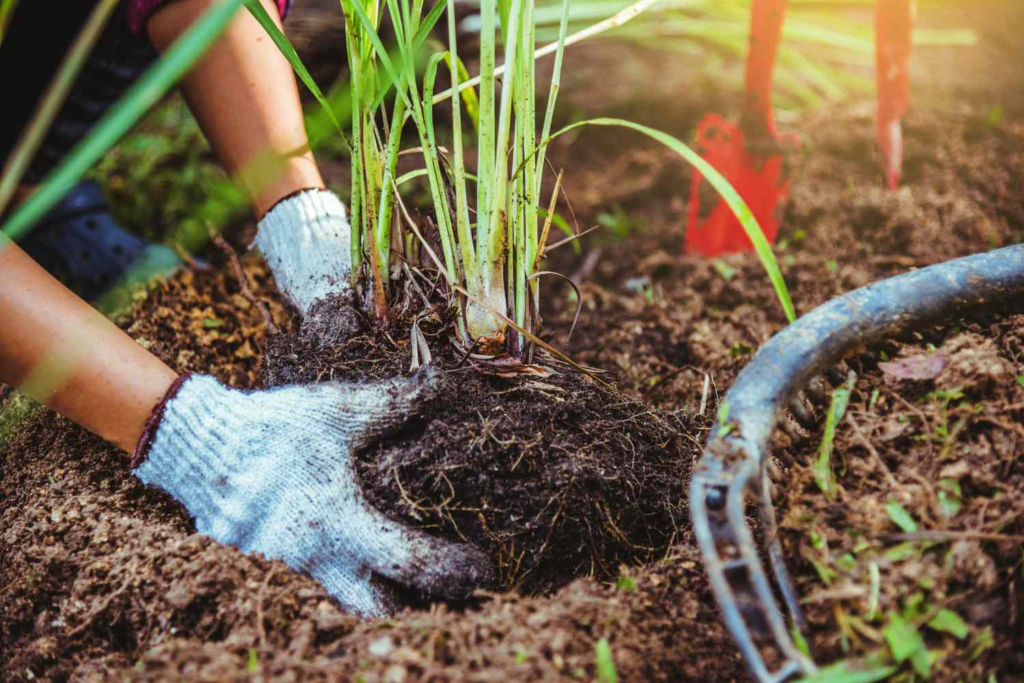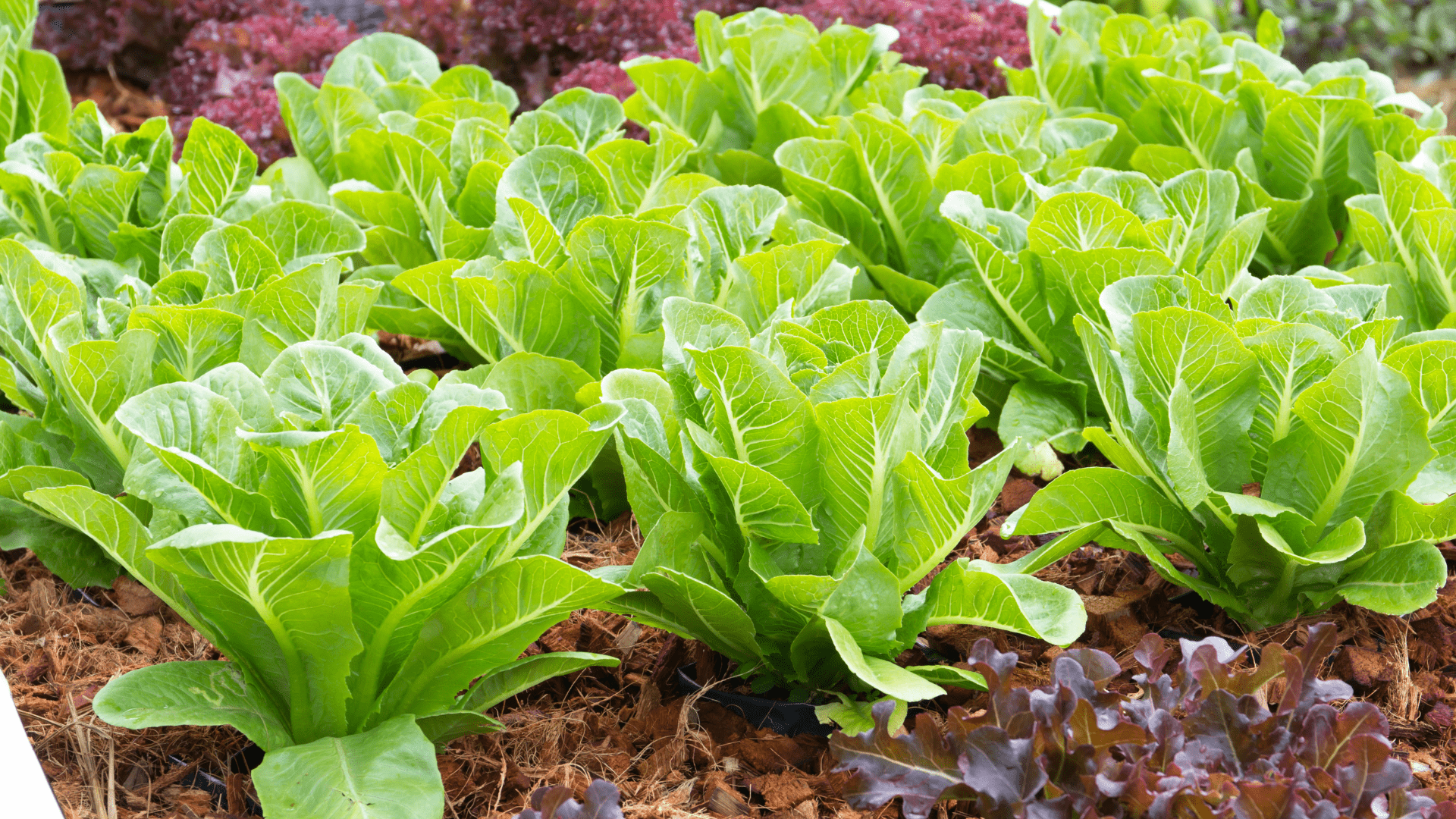As winter begins to fade, February offers the perfect opportunity to kickstart your gardening season. Whether you’re sowing seeds or planting tubers, early preparation can set you up for a thriving garden come spring. Here’s a detailed guide to help you make the most of your February gardening efforts.
Flower Power: Early Pollinator-Friendly Blooms
Alyssum
Alyssum is a versatile, pollinator-attracting flower that thrives throughout summer and into the colder months. Its delicate blooms lure beneficial insects like lacewings and hoverflies, helping to keep pests at bay. To grow alyssum:
- Scatter seeds over pots filled with fine, all-purpose potting mix.
- Lightly cover the seeds and water gently.
- Place pots on a sunny windowsill to promote germination.
French Marigolds (Tagetes)
Marigolds are a gardener’s best friend, especially when paired with vegetables like tomatoes. These vibrant blooms attract pollinators and deter pests. To sow marigolds:
- Spread seeds across the potting mix, cover lightly, and water.
- Germinate them under a humidity dome with additional heat, such as a heat mat.
- Transplant seedlings into individual pots as soon as they’re large enough to handle.
- Wait until after the last frost to plant them outdoors.
Early Crops to Sow
Lettuce
Winter lettuce varieties are ideal for early planting, offering fresh salads as spring approaches. Here’s how to get started:
- Sow seeds into pots of potting mix, cover lightly, and water.
- Use fresh seeds to ensure prompt germination, or conduct a germination test on older seeds.
- Cover pots with plastic to maintain humidity, then place them on a warm windowsill.
- Once seedlings emerge, transfer them to a greenhouse or cold frame, and space them 10–12 inches apart when planting outdoors.

Spinach
Spinach thrives with early sowing, providing a longer harvest window before bolting in early summer. To plant spinach:
- Sow 3–4 seeds per plug of potting mix.
- Germinate indoors, then move to a greenhouse or cold frame.
- Plant in fertile, well-drained soil and harvest leaves as needed.
Specialty Crops to Consider
Jerusalem Artichokes (Sunchokes)
These hardy perennials are productive, low-maintenance, and visually stunning. To plant sunchokes:
- Wait until the soil is workable, then plant tubers 8 inches deep and 12–18 inches apart.
- Add compost to planting holes for a nutrient boost.
- Water during dry spells and harvest tubers in winter.
Sugar Snap Peas/Mangetout
Snap peas are a sweet, versatile crop perfect for salads and freezing. To start them early:
- Sow seeds into toilet paper tubes filled with potting mix, 1 inch deep.
- Germinate indoors, then transplant outdoors when seedlings are 6 inches tall.
- Cover young plants to protect them from slugs and pigeons.
Lemongrass
This tropical herb adds a fragrant touch to your garden and kitchen. To grow lemongrass:
- Sow seeds into pots of sieved potting mix and cover lightly.
- Maintain warmth and humidity using a heat mat or plastic cover.
- Once germinated, grow seedlings in clusters and keep them above 43°F.
- Harvest stalks as needed for aromatic dishes like tom yum soup or lemongrass tofu.

Final Thoughts
With thoughtful planning and early sowing, February can be a month of promise for your garden. From pest-deterring flowers to fresh salads and exotic herbs, there’s no shortage of exciting crops to grow. Start now, and enjoy the rewards of a bountiful garden all season long!
